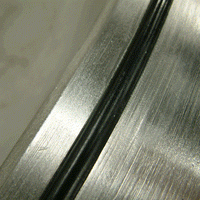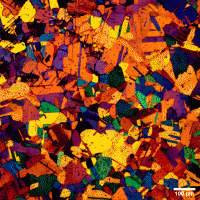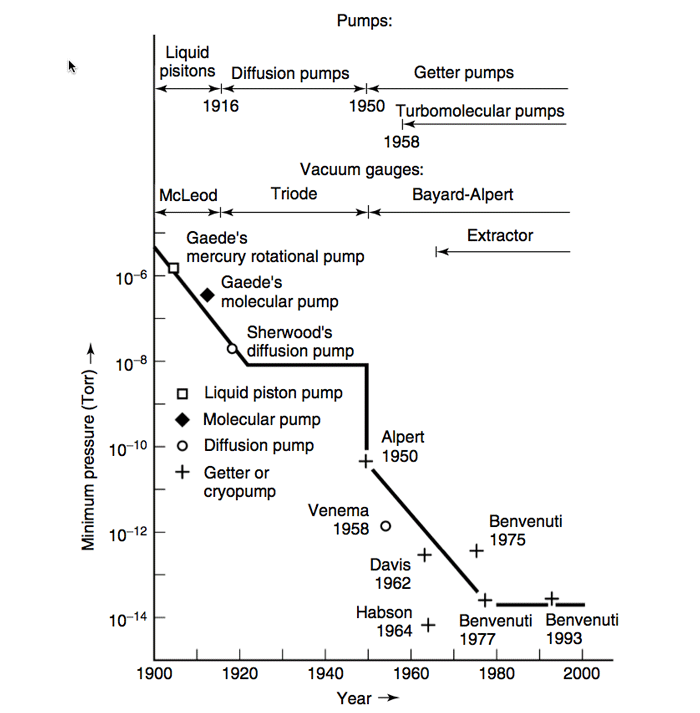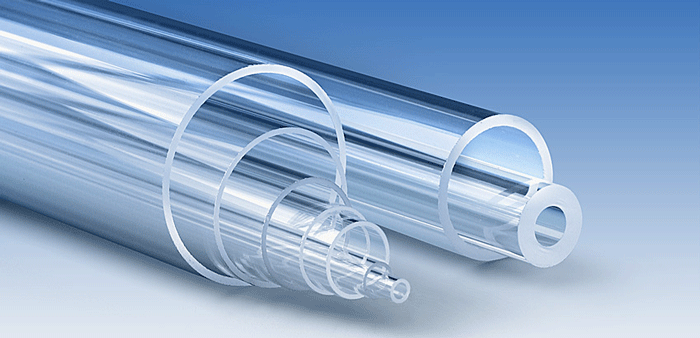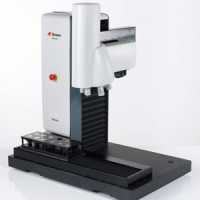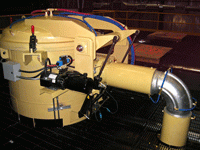Lubricants for vacuum service are a diverse family of highly formulated products. The types of lubricants for vacuum service fall into three general categories: (a) wet, organic or silicone-compound based oils and greases, (b) dry lubricants including PTFE (Teflon®) and metal dichalcogenide compounds (e.g. molybdenum disulfide, tungsten diselenide) and (c) metal on metal combinations.
The choice of lubricant depends on a number of considerations that are highly dependent on the specific end-use applications including; operating temperature and vapor pressure, the presence or absence of sliding or rolling motion, the presence or absence of reactive species (e.g. plasma), loading characteristics and frequency of usage. Lubricants are used in a vacuum system for three primary reasons: (1) in an “O” ring sealed system to help minimize externally applied forces on the ring material, (2) between moving surfaces to reduce the coefficient of friction, minimize wear and/or reduce/eliminate the formation of particular matter and (3) as anti-seizing agents where mating surfaces are likely to seize.

